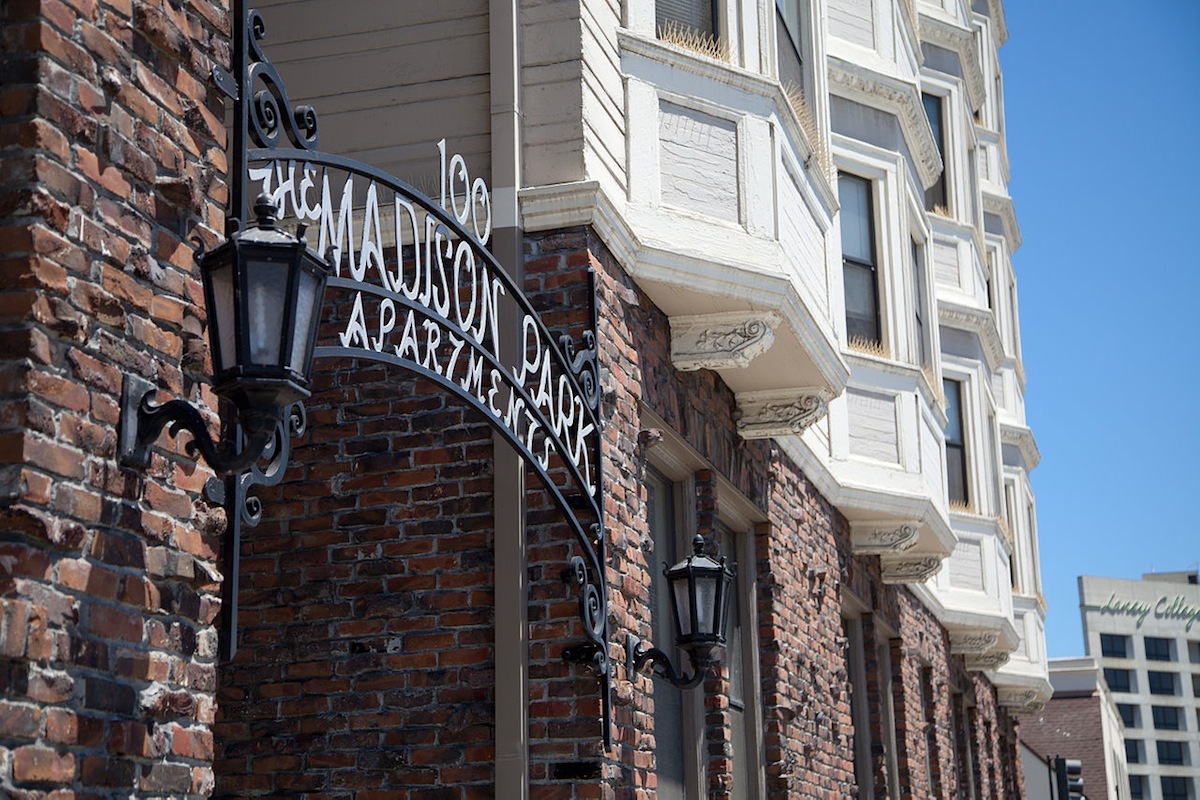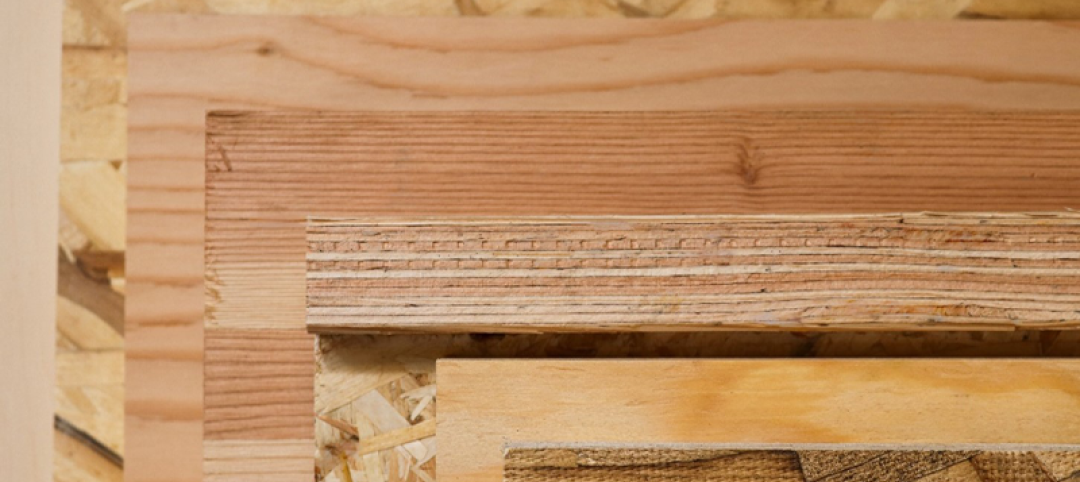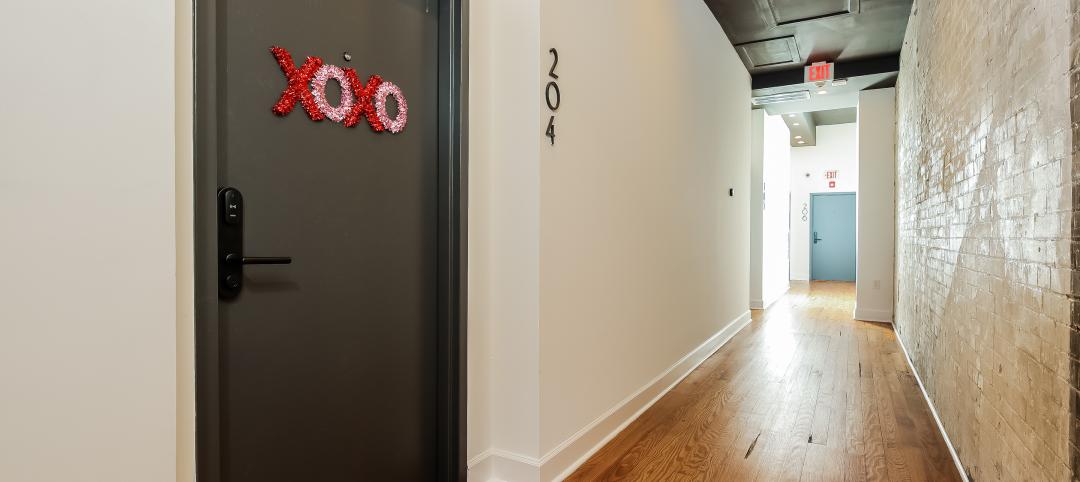The Obama Administration and the state of California are teaming with the Chicago-based MacArthur Foundation on a pilot program whose goal is to unlock Property-Assessed Clean Energy (PACE) financing for multifamily housing.
PACE programs provide money to accelerate renewable energy and efficiency retrofits for energy and water in multifamily housing, with the intention of making that housing more affordable for low-income renters.
California Gov. Jerry Brown announced last month that his administration is creating a California Multifamily PACE program with MacArthur, which has committed at least $10 million in impact investments toward this program and other innovations it is exploring. U.S. Housing and Urban Development Secretary Julian Castro says his department will issue new guidance under which HUD can approve PACE financing on HUD-assisted and HUD insured housing in California. The U.S. Department of Energy is working with the state to assess the performance of this program.
The San Jose Mercury News reports that HUD has also committed to support California’s creation of another pilot financing program for multifamily building, where most or all of the energy use is billed through a common meter.
California’s efforts tie into the Obama Administration’s goal of installing 100 megawatts of renewable energy across federally subsidized housing by 2020. About one-quarter of U.S. households are multifamily, with more than 3 million units in California alone.
Improving energy efficiency in these buildings nationwide by 20% would save nearly $7 billion in energy costs each year and cut 350 tons of carbon pollution in a decade, according to White House estimates.
“Reducing our energy consumption by 50 percent on existing buildings, increasing renewables 50 percent and reducing our petroleum as close to 50 percent as we can,” Brown said about his initiative.
Related Stories
Sponsored | Multifamily Housing | Sep 25, 2023
Six3Tile helps The Sherbert Group bring an abandoned Power House back to life
Cladding and Facade Systems | Sep 22, 2023
5 building façade products for your next multifamily project
A building's façade acts as a first impression of the contents within. For the multifamily sector, they have the potential to draw in tenants on aesthetics alone.
Sponsored | Multifamily Housing | Sep 21, 2023
5 Helpful Resources for Designing & Building with Engineered Wood
From in-depth, technical publications with detailed illustrations and examples to in-person consultations with engineered wood specialists, APA offers a host of helpful resources for commercial designers and installers working with engineered wood.
MFPRO+ Blog | Sep 21, 2023
The benefits of strategic multifamily housing repositioning
With the rapid increase in new multifamily housing developments, owners of existing assets face increasing competition. As their assets age and the number of new developments increases seemingly day-by-day, developers will inevitably have to find a way to stay relevant.
Mixed-Use | Sep 20, 2023
Tampa Bay Rays, Hines finalize deal for a stadium-anchored multiuse district in St. Petersburg, Fla.
The Tampa Bay Rays Major League Baseball team announced that it has reached an agreement with St. Petersburg and Pinellas County on a $6.5 billion, 86-acre mixed-use development that will include a new 30,000-seat ballpark and an array of office, housing, hotel, retail, and restaurant space totaling 8 million sf.
Engineers | Sep 15, 2023
NIST investigation of Champlain Towers South collapse indicates no sinkhole
Investigators from the National Institute of Standards and Technology (NIST) say they have found no evidence of underground voids on the site of the Champlain Towers South collapse, according to a new NIST report. The team of investigators have studied the site’s subsurface conditions to determine if sinkholes or excessive settling of the pile foundations might have caused the collapse.
MFPRO+ Research | Sep 11, 2023
Conversions of multifamily dwellings to ‘mansions’ leading to dwindling affordable stock
Small multifamily homes have historically provided inexpensive housing for renters and buyers, but developers have converted many of them in recent decades into larger, single-family units. This has worsened the affordable housing crisis, say researchers.
Adaptive Reuse | Aug 31, 2023
New York City creates team to accelerate office-to-residential conversions
New York City has a new Office Conversion Accelerator Team that provides a single point of contact within city government to help speed adaptive reuse projects. Projects that create 50 or more housing units from office buildings are eligible for this new program.
Multifamily Housing | Aug 24, 2023
A multifamily design for multigenerational living
KTGY’s Family Flat concept showcases the benefits of multigenerational living through a multifamily design lens.

















